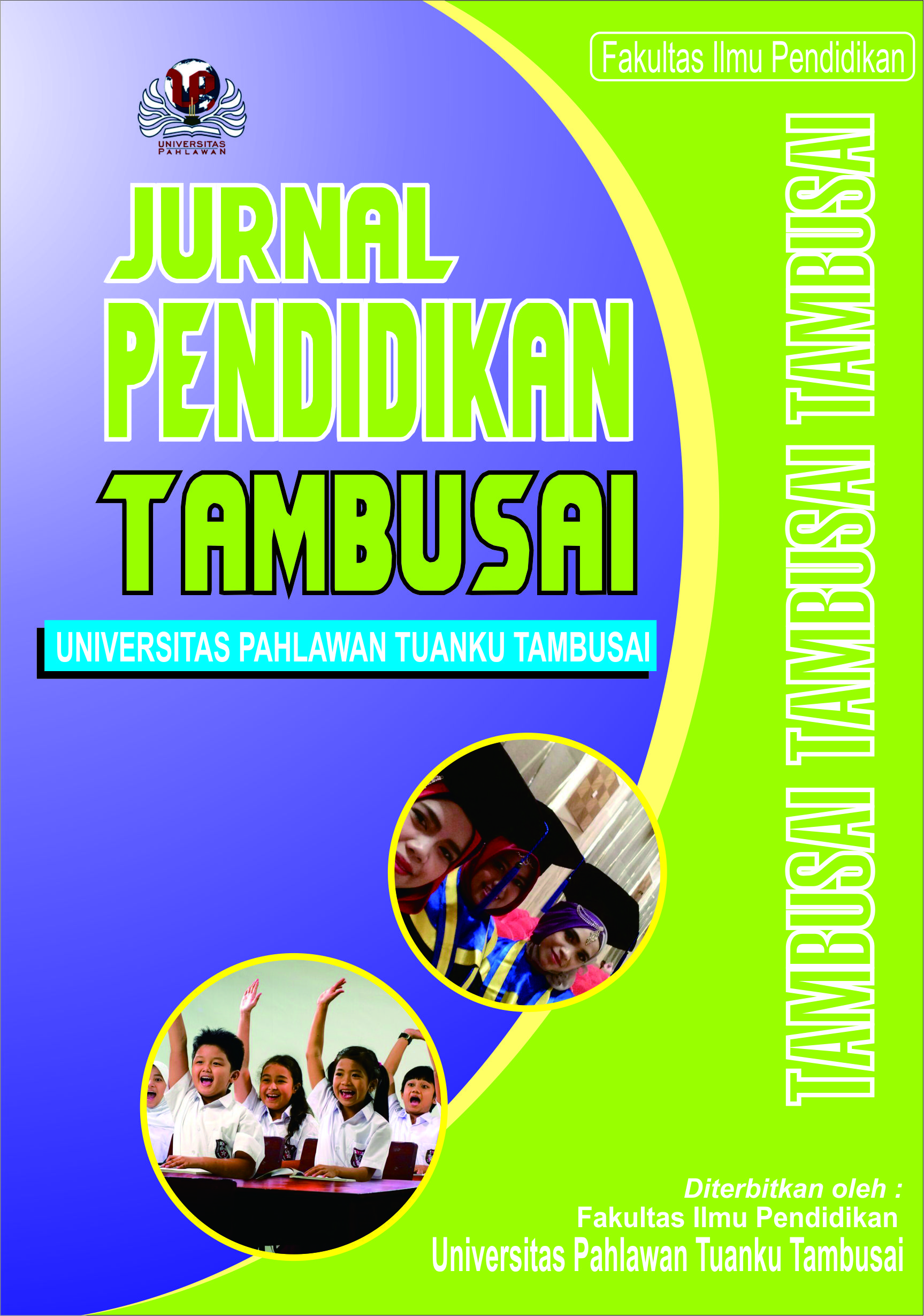Pengembangan Bahan Ajar Scrapbook Berbasis Model Problem Based Learning pada Tema 7 Subtema 1 Kelas IV SDN 010139 Perkebunan Gunung Melayu
DOI:
https://doi.org/10.31004/jptam.v8i1.13904Keywords:
Bahan Ajar, Scrapbook, Problem Based LearningAbstract
References
Dafit, M. R. (2021). Analisis Kesulitan Membaca Permulaan Siswa Kelas I Sekolah Dasar. Jurnal Pendidikan, Sosial, Agama, 1607-1609.
Emzir. (2018). Metodologi Penelitian Kualitatif. Depok: Rajawali Press.
RI, K. P. (2013). Pembelajaran Membaca dan Menulis di Kelas Rendah. Jakarta: Kementrian Pendidikan dan Kebudayaan.
Sadiman, R. H. (2014). Media Pendidikan; Pengertian, Pengembangan, dan Pemanfaatannya. Jakarta: PT Raja Grafindo Persada.
Safitri, U. (2022). Pengaruh Media Kintar Terhadap Kemampuan Keaksaraan Awal Anak Usia 5-6 Tahun Di TK Tunas Remaja Surabaya. Jurnal Pendidikan Anak Usia Dini, 110.
Sugiyono. (2017). Metode Penelitian Kuantitatif, Kualitatif, dan R&D. Bandung: Alfabeta, CV.
Suharyati, Z. (2019). Meningkatkan Kemampuan Mengenal Huruf Vokal melalui Alat Peraga Edukatif (Ape) Kincir Pintar bagi Anak Tunarungu. Jurnal Penelitian Pendidikan Khusus, 99-104.
Sunarti, S. (2018). paya Peningkatan Motivasi dan Kemampuan Membaca Permulaan Melalui Media Kartu Huruf Pada Siswa Kelas 1 SD Negeri 1 Pakis Kecamatan Kradenan Tahun Pelajaran 2017/2018. Efektor, 61-66.
Tafonao, T. (2018). Peranan Media Pembelajaran Dalam Meningkatkan Minat Belajar Mahasiswa. Jurnal Komunikasi Pendidikan, 103-114
Utami, F. (2022). Penerapan Media Kincir Huruf Cerdas (KINDAS) untuk Meningkatkan Kemampuan Menyusun Suku Kata atau Kata. Diakses dari laman web tanggal 20 Maret 2023 dari: https://www.kompasiana.com.
Downloads
Published
How to Cite
Issue
Section
Citation Check
License
Copyright (c) 2024 Suci Ade Putri

This work is licensed under a Creative Commons Attribution-ShareAlike 4.0 International License.
Authors who publish with this journal agree to the following terms:
- Authors retain copyright and grant the journal right of first publication with the work simultaneously licensed under a Creative Commons Attribution License that allows others to share the work with an acknowledgement of the work’s authorship and initial publication in this journal.
- Authors are able to enter into separate, additional contractual arrangements for the non-exclusive distribution of the journal’s published version of the work (e.g., post it to an institutional repository or publish it in a book), with an acknowledgement of its initial publication in this journal.
- Authors are permitted and encouraged to post their work online (e.g., in institutional repositories or on their website) prior to and during the submission process, as it can lead to productive exchanges, as well as earlier and greater citation of published work (See The Effect of Open Access).



